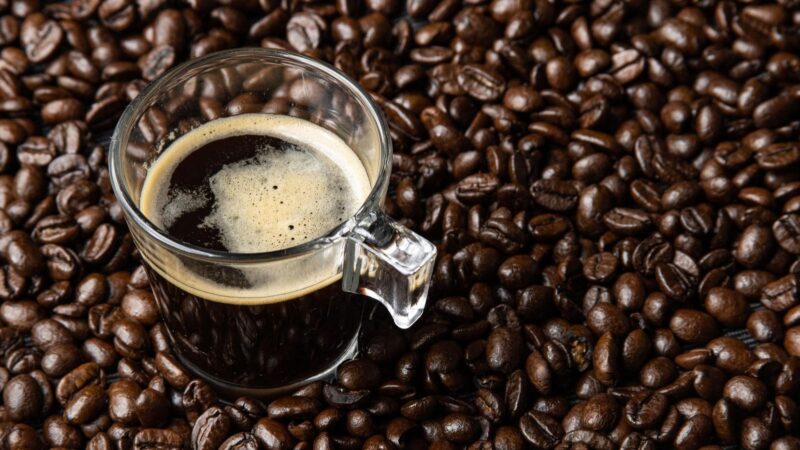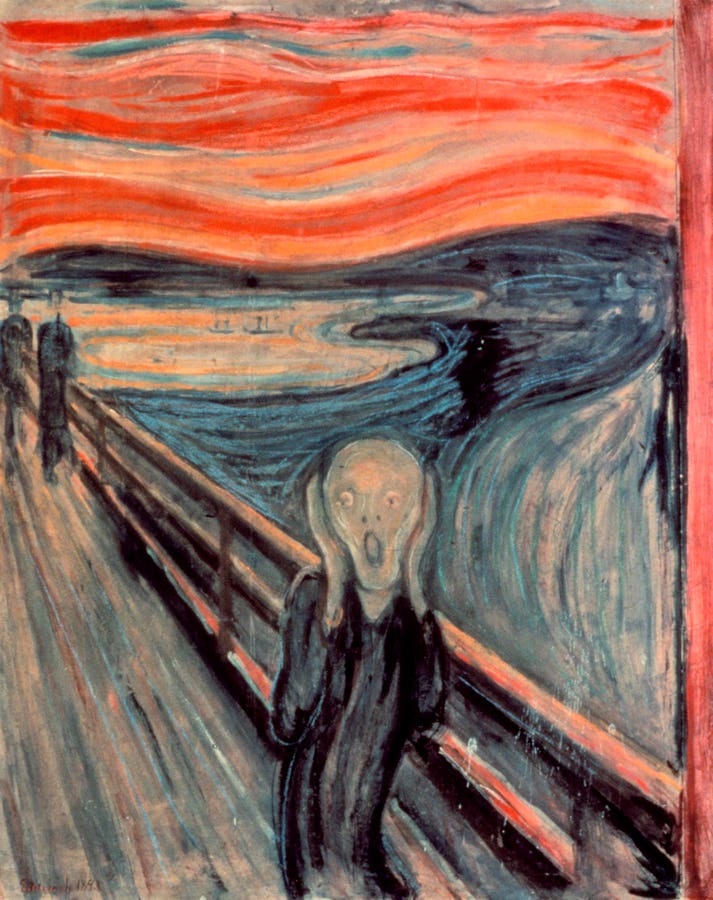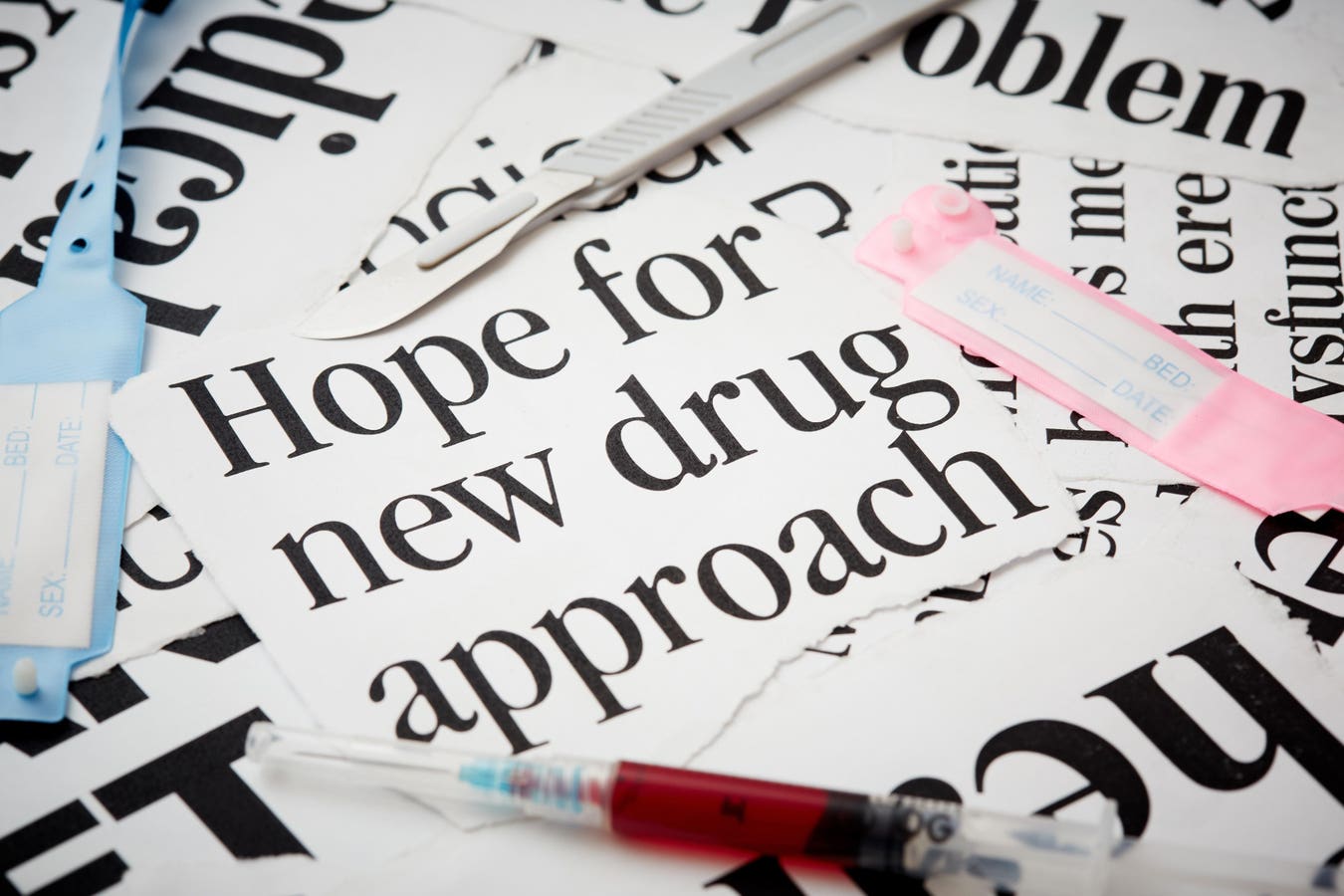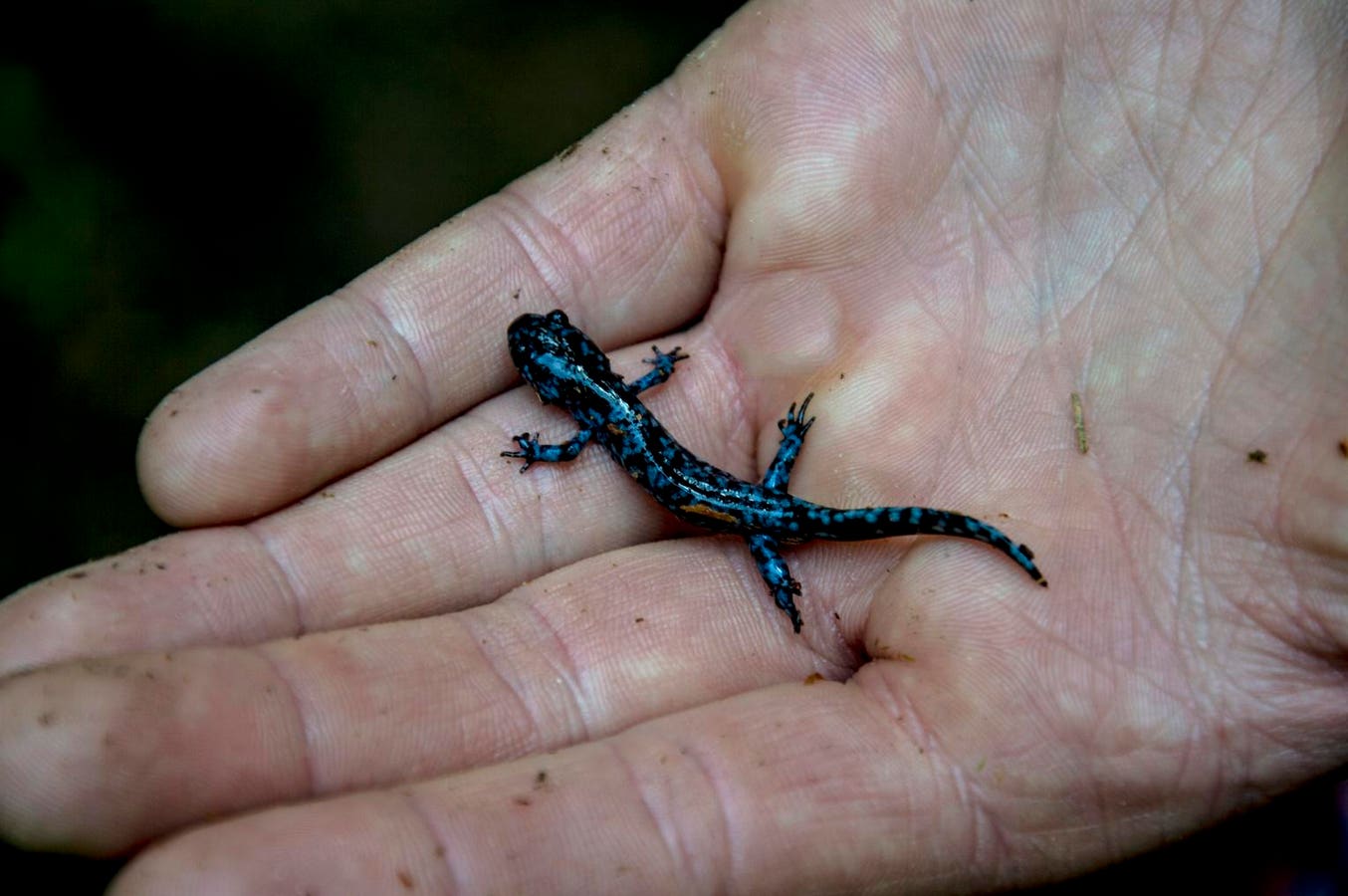Topline
Coffee prices have risen 20% since last year because of inflation and amid tariff disruptions to traditional supply lines, exemplifying a broader rise in grocery prices across the board.
Raw organic Arabica variety coffee beans and a glass espresso cup on a cafe bean full image background. Amsterdam, The Netherlands on December 30, 2020 (Photo by Nicolas Economou/NurPhoto via Getty Images)
NurPhoto via Getty Images
Key Facts
Coffee prices have risen more than 20% since August last year, according to the Bureau of Labor Statistics.
Last month, prices for coffee futures reached a record high in the Intercontinental Exchange in New York after Brazil’s crop agency, Conab, cut its 2025 arabica production forecast by 4.9% to 35.2 million bags.
In July, President Donald Trump imposed tariffs of 50% on Brazil and 20% on Vietnam, the two countries that together produce more than half of the world’s coffee beans, adding supply disruptions to the droughts coffee producers were already facing.
The spike comes as grocery prices rise broadly, with grocery prices increasing 0.6% from July to August and 2.7% from the same point last year, according to the Consumer Price Index, the most commonly cited inflation report.
Contra
Prices for food in general have risen slower over the past year than the overall 2.9% rate of inflation, with prices of products like frozen vegetables, ice cream and cereal actually dropping. But, like coffee, there are still many grocery staples with price rises significantly outpacing the overall inflation rate. Beef prices are up nearly 14% over the past year, while eggs have risen more than 10%, bacon has increased 5% and bananas are up 6%
What To Watch For
The ongoing government shutdown has caused delays in the release for the September CPI report, but the BLS said September’s report would be released on Oct. 24, 2025.
Key Background
Coffee grows only in parts of the world where conditions are moderately tropical, humidity is high and soil is well-drained. The world’s Coffee Belt, an area located between the Tropics of Cancer and Capricorn, is home to some of the world’s biggest coffee producers including Brazil, Colombia, Ethiopia and Mexico. The only U.S. territory capable of growing coffee is Hawaii, and the state produces less than 1% of the nation’s coffee supply. The Trump administration’s tariffs have caused price increases and supply chain disruptions to a variety of consumer products. Just last month, Trump introduced new tariffs on a range of grocery products, as well as 100% tariffs on pharmaceuticals and 50% tariffs on kitchen and bathroom furniture. Earlier this week, the Department of Labor issued a statement warning that the mass deportation efforts the Trump administration is embarking on could cause an uptick in food prices amid a decrease in labor.
Will The Tariffs on Coffee Be Removed?
Lawmakers are taking steps to fight back against Trump’s tariffs on coffee. Last month, Reps. Don Bacon, R-Neb., and Ro Khanna, D-Calif., introduced the bipartisan “No Coffee Tax Act” in an effort to repeal tariffs on most coffee products to lower coffee costs to consumers.
Big Number
66%. That’s the percentage of American adults who drink coffee every day, each averaging three cups per day, according to the National Coffee Association.
Further Reading








